- The Lattice Series redefines benchtop X-ray diffraction by combining high-power performance with compact design. Equipped with a powerful 600 W (Lattice Mini) or 1600 W X-ray source and a high-efficiency, direct-read 2D photon detector, the Lattice Series delivers exceptional data intensity and accuracy—making it ideal for demanding analytical environments.
- Available in three configurations—Lattice Mini, Lattice Basic, and Lattice Pro—this series accommodates a wide range of technical and budgetary needs, from simple phase identification to complex in-situ studies. All models offer excellent signal-to-noise ratio and fast scan speeds, providing lab-grade data from a desktop system.
- Whether you're analyzing complex powders, crystalline materials, or conducting highthroughput measurements, the Lattice Series provides lab-grade results with speed, power, and precision—all in a desktop footprint.
Advanced Measurement Instruments
Copyright 2004–2024 ami-instruments.com

 Products
Products
 Products
Products
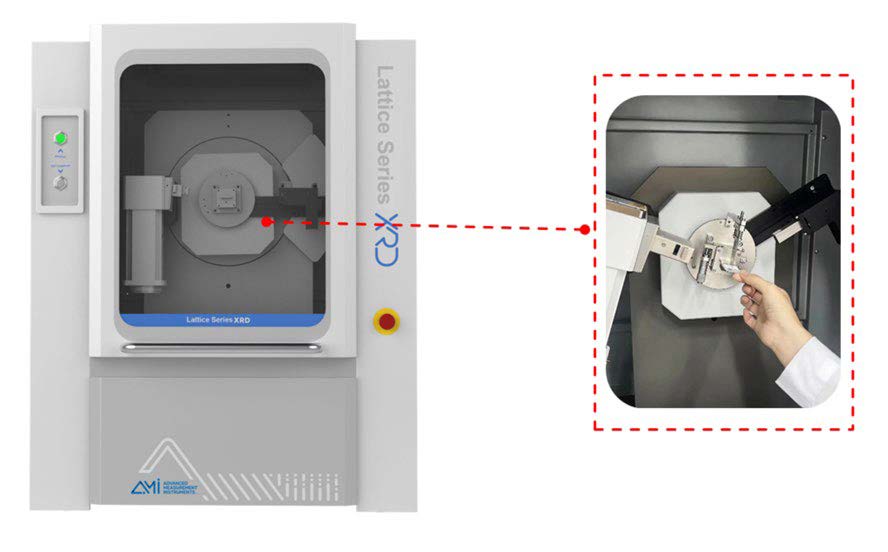
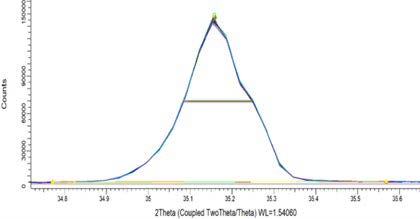
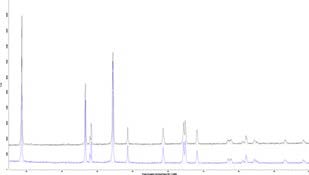
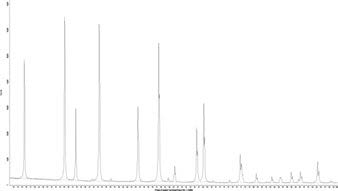
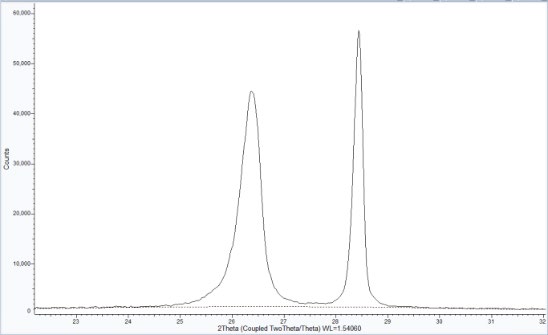

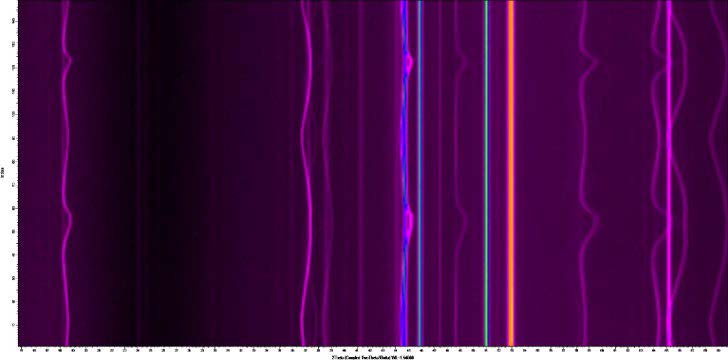
 TEL: +1 262-877-3600
TEL: +1 262-877-3600
 EMAIL:sales@ami-instruments.com
EMAIL:sales@ami-instruments.com